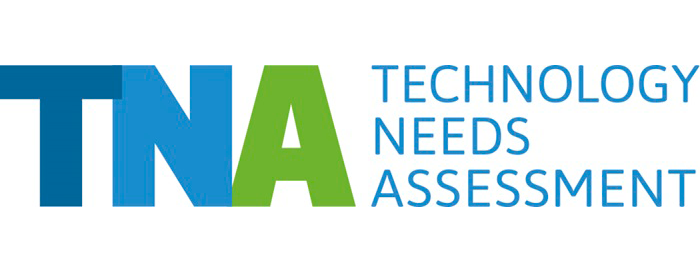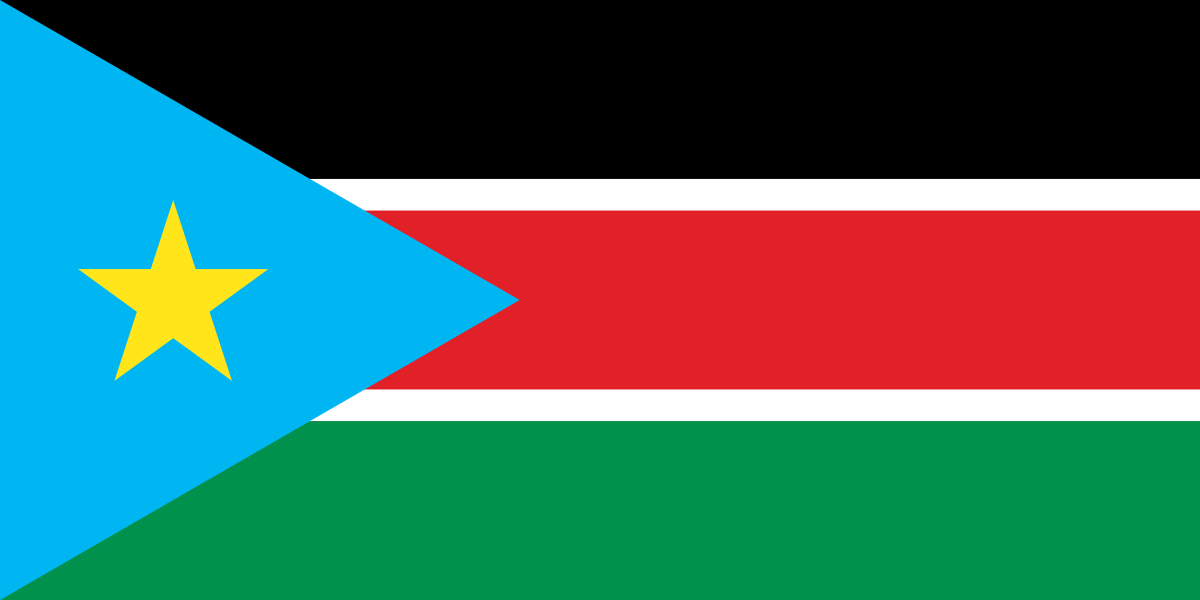South Sudan started its TNA process in 2020 as part of the TNA IV project, and has prioritised the Agriculture, Livestock and Fisheries sector; Water; and Disaster Risk Management sectors for adaptation, and Energy; Agricultural, Forestry and Other Land Use (AFOLU) and Waste sectors for mitigation.
South Sudan is located in east-central Africa and has an estimated population of 12.2 million. Its neighbours are Sudan, Ethiopia, Kenya, Uganda, the Democratic Republic of the Congo and the Central African Republic.
Since 1980, the country has experienced decreasing rainfall and an increase of roughly 1°C in temperature. The warming of temperatures, which is estimated to be about two and a half times greater than global warming, is creating a drier environment. This situation is aggravating the country’s fragile situation and may contribute to existing tensions and conflict.
Furthermore, the warmer and drier weather is leading to an increase in drought and major impacts in the agricultural sector. In South Sudan, nearly 87% of the population is dependent on agriculture, livestock and forestry.
The country’s NDCs contain both mitigation and adaptation components. Energy generation and use, reforestation and transport are, among others, the sectors in which South Sudan wishes to develop strategies aimed at decreasing its level of CO2 emissions. Agriculture and livestock, health and water are, among others, key pillars of the country’s adaptation strategy.

